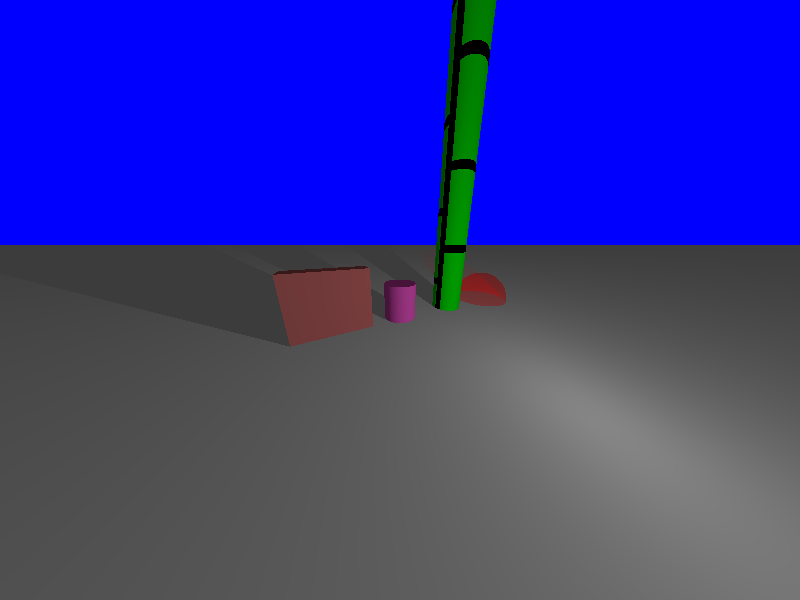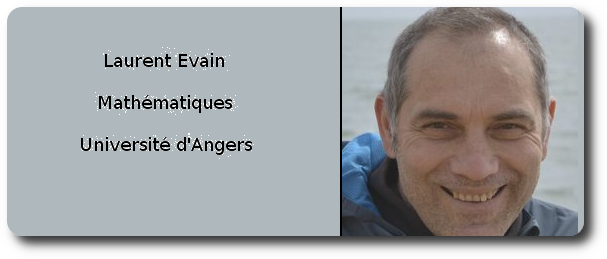Installation¶
In this page, we shall see how to set up pycao and run our first file.
Perequisites and Download¶
pycao requires povray,python, scipy, numpy and pygobject (gi). Please install them on your system. Pygobject is not absolutly necessary (see below ).
I suppose that you installed Pycao in “/home/myName” Please adapt the following to your directory name.
Download pycao on github https://github.com/evainlau/pycao and drop it off in /home/myName/.
Check the installation¶
Open the file /home/myName/pycao/core/template.py. In the first lines, there is a variable “pycaodir”. Change the the value of that variable pycaoDir so that it corresponds to your case. You probably want something like “pycadir=/home/myName/pycao/core/”
In case, you have have not installed pygobject, comment the line “camera.show” at the end of the file and uncomment the next line “camera.show_without_viewer” Everything will work, but you will lose the possibility to change the zoom and the camera position interactivly with a graphical interface.
At the end of the file, optionnally change the value of camera.file which is the place where the povray file is created.
Save the file and exit.
in a terminal, run the command “python3 /home/myName/core/template.py” and you should see the first 3D picture you have created with pycao

Preparing your future projects¶
In the pycao directory, there are two template files: template.py, and emptyTemplate.py. They are designed to be inserted in the file you work. A good idea is to put the templates in read-only mode after you have set the initialisation of the variable pycaoDir to avoid unwanted overwrite. However, if you make a mistake and overwrite these files, you always have the possibility to pull these files again from github without reinstalling.
The file template.py contains a few simple objects. It is good for beginners who can play with the 3D objects in the file to make tests. In contrast, emptyTemplate.py is useful when we are comfortable with Pycao and want an empty file to work immediatly without deleting unnecessary objects.
Practice¶
copy the file /home/myName/pycao/core/template.py to /home/myName/theFileNameOfYourChoice.py
open theFileNameOfYourChoice.py with an editor
increase the value of the camera.zoom
run the command “python3 theFileNameOfYourChoice.py” again and you should see the same 3D picture as above, but larger
The file we played with contains several comments. Read them and try to modify some values to see how this impacts the 3D picture.
